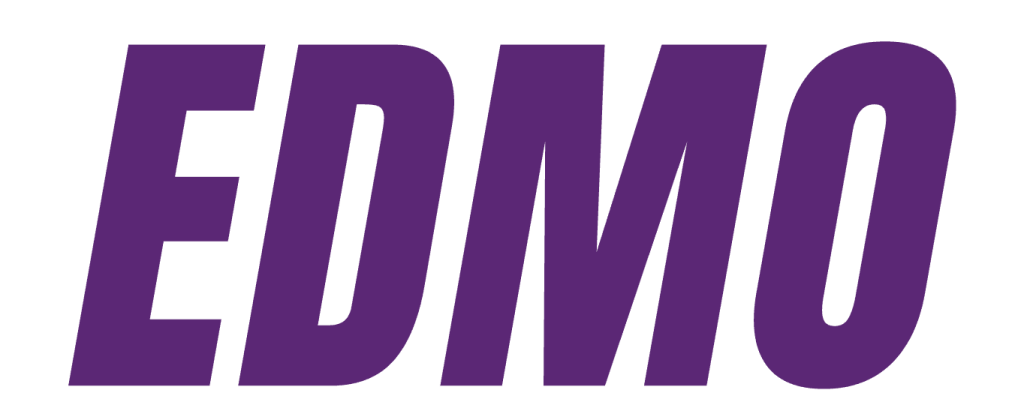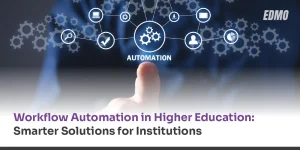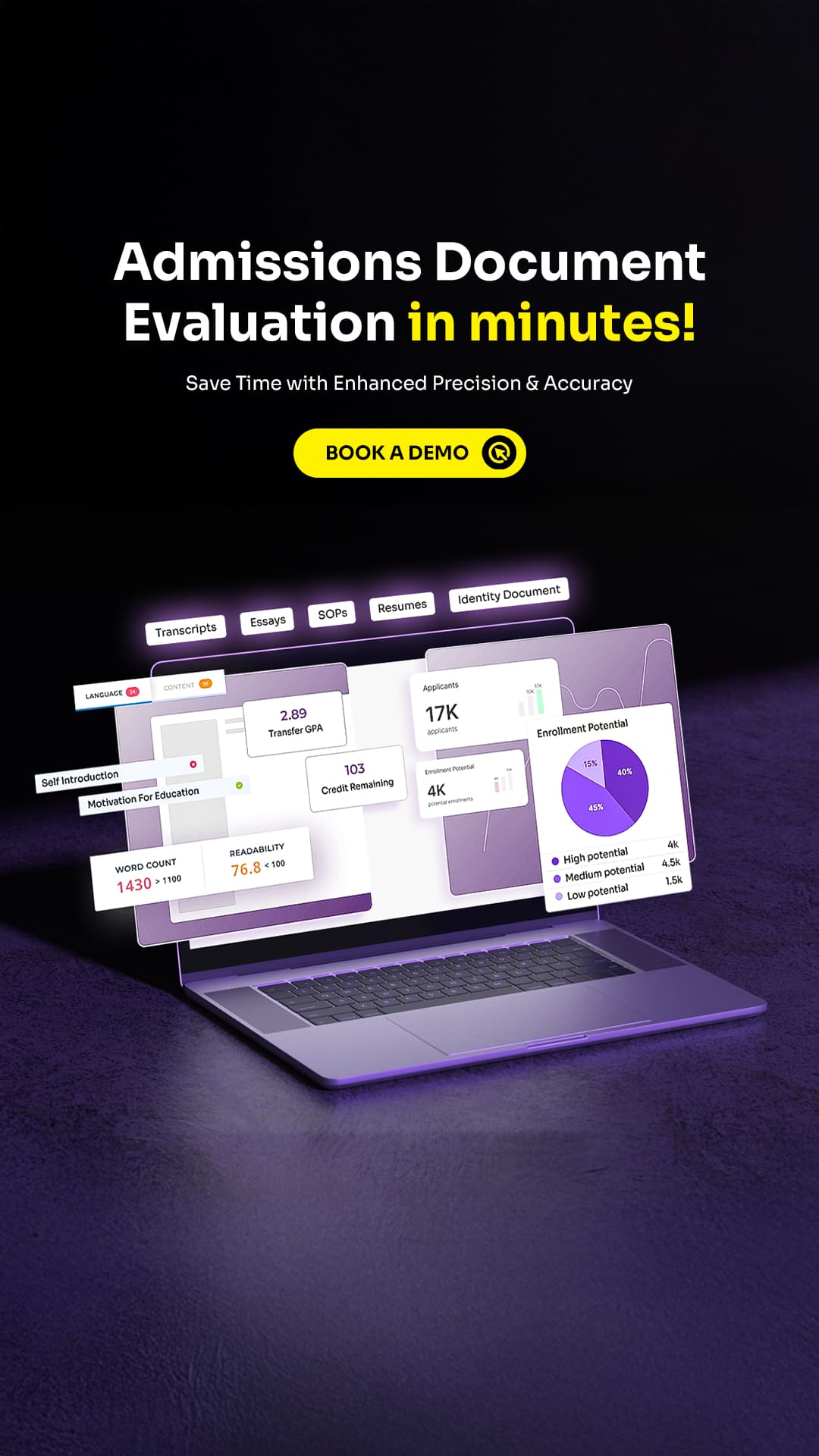Table Of Contents
Introduction
Starting university is an exciting yet overwhelming time for new students. A smooth onboarding experience helps them feel welcomed, confident, and ready to begin their journey. According to a 2025 survey by Ellucian, 60% of students who left college said they would return if given a clear pathway to completion. This shows how important it is for institutions to guide students clearly from day one.
A well-planned student onboarding checklist ensures students receive the right information, support, and resources at the right time — turning their first days into a strong foundation for long-term success.
Key Elements of an Effective Student Onboarding Checklist
A strong onboarding process ensures that new students feel welcomed, supported, and prepared for their academic journey. The following key elements help institutions build a smooth and engaging onboarding experience:
Pre-Arrival Communication
Early communication is a crucial part of the student onboarding checklist, as it sets the tone for a smooth transition into university life. It helps reduce uncertainty, builds excitement, and keeps students informed about key steps before arrival.
Key Components:
- Welcome Email or Package: Send a warm welcome email and a physical package containing university merchandise, orientation details, and contact information.
- Important Dates and Deadlines: Clearly share orientation dates, class registration schedules, housing and move-in details, and deadlines for vaccination or insurance forms.
- Required Documents: Provide a checklist of essential documents such as transcripts, health records, and financial aid forms, along with submission instructions.
Orientation and Welcome Events
Orientation plays a vital role in helping new students adjust to campus life and build early connections with peers and faculty. According to an article in Inside Higher Ed, a survey revealed that 44% of students felt their orientation helped them feel more comfortable accessing resources, while 40% said it helped them navigate their institution’s online portals.
Key Components:
- Orientation Schedule: Include academic sessions, campus tours, and resource briefings coordinated across departments.
- Icebreaker Activities: Plan fun, inclusive activities to help students bond and ease the stress of starting college.
- Welcome Address: Host an engaging speech by the university president or senior leader to officially welcome the incoming class.
Campus Resources and Services
Introducing campus resources early helps students easily find the academic, emotional, and technical support they need to succeed. According to Inside Higher Ed, a report showed that 81% of incoming students (post-COVID) rated their orientation experience positively, compared to 71% of the previous class — highlighting the growing importance of clear guidance and accessible campus services.

Source: Inside Higher ED
Key Components:
- Library and Study Spaces: Provide details about library access, online databases, writing centers, and tutoring programs.
- Student Support Services: Highlight counseling, health services, career guidance, and accessibility support.
- IT Services: Explain how to access student portals, university email, and tech help desks.
- Health and Wellness: Promote fitness, meditation, and wellness programs available on or before move-in.
Housing and Dining
Information about living and eating on campus helps students settle in comfortably.
Key Components:
- Move-In Instructions: Offer clear directions, parking details, and a recommended packing list.
- Residential Life Orientation: Explain hall policies, amenities, safety procedures, and introduce residence assistants (RAs).
- Dining Plans and Options: Share meal plan details, dining hall locations, dietary options, and on-the-go meal facilities.
Student Life and Involvement
Active participation in campus life fosters a sense of belonging and enhances both engagement and retention. According to a survey by CollegeData, 46% of students said they felt least prepared for the academic side of college, highlighting the need for institutions to support students beyond the classroom through community and involvement opportunities.

Source: Collegedata
Key Components:
- Clubs and Organizations: Showcase available clubs, sports, and student organizations; host a club fair during orientation.
- Campus Events: Share an updated calendar of cultural, athletic, and social events to encourage participation.
- Community Engagement: Create mentorship programs and volunteer opportunities to help students form meaningful connections.
An effective student onboarding checklist bridges the gap between admission and enrollment. By maintaining timely communication, offering supportive resources, and fostering engagement, institutions can ensure a smooth transition that sets students up for long-term academic and personal success.
Using Technology to Streamline the Onboarding Experience
Technology plays a key role in making the student onboarding experience faster, smarter, and more personalized. From automated communication tools to AI-driven platforms, universities can use technology to reduce manual tasks and create a seamless transition for incoming students.
Centralized Onboarding Portals
Create a one-stop digital portal where students can access all onboarding information, forms, and updates in one place.
This platform can include:
- Step-by-step checklists for admissions and orientation
- Document upload and verification tools
- Access to class registration, housing, and meal plan systems
- Notifications for pending tasks or upcoming deadlines
A centralized system helps students stay organized and ensures they don’t miss key updates, while also reducing the administrative workload for staff. For example, Concordia University (Canada) recently introduced a Student Hub—a single sign-on platform that integrates all student services, from applications to course registration, in one seamless interface.
Automated Communication Systems
Using email automation and chatbots can make pre-arrival communication smoother and more consistent.
- Automated emails can share reminders about forms, payments, or key deadlines.
- AI-powered chatbots can provide 24/7 support for common questions like login help, course details, or move-in instructions.
- Personalized messages can be sent based on student type — domestic, international, or transfer — ensuring every student receives relevant information.
With tools like Edmo’s Conversation Intelligence, institutions can take this further by analyzing student interactions to identify common questions, improve messaging, and enhance overall communication quality. This ensures every student conversation is more meaningful, timely, and data-driven.
Virtual Orientation Programs
Virtual and hybrid orientation platforms allow universities to reach students before they arrive on campus.
These can include:
- Interactive videos and campus tours to help students explore facilities online.
- Live Q&A sessions with faculty or senior students.
- Gamified activities and quizzes to make learning about campus life more engaging.
This approach ensures inclusivity for international students and those who may not be able to attend in person.
Digital Document Management
Handling physical paperwork can delay onboarding. By switching to digital document management, universities can simplify submission and verification processes.
- Students can upload transcripts, ID proofs, or health forms online.
- Staff can use automated systems to verify and store documents securely.
- Real-time tracking lets students monitor which documents are approved or pending.
This not only improves efficiency but also minimizes human error.
Data Analytics and Reporting
Analytics tools can give valuable insights into the onboarding process.
Universities can track:
- How many students have completed required steps
- Common drop-off points in the onboarding journey
- The effectiveness of communication channels
For instance, Newcastle University has adopted systematic feedback mechanisms that allow students to share their orientation experiences and suggestions, helping the institution refine and personalize its onboarding approach.
Integration with Other Campus Systems
For a truly seamless experience, integrate your onboarding platform with other campus systems such as:
- Learning Management Systems (LMS)
- Student Information Systems (SIS)
- Financial aid and billing portals
- Housing and dining management software
This integration creates a unified digital ecosystem where student data is synchronized across platforms, reducing duplication and simplifying processes for both students and staff. For example, the University of Melbourne offers a comprehensive student portal that serves as a single access point for managing course administration, finances, and overall university life — ensuring a smooth and connected onboarding experience.
Common Mistakes to Avoid in Student Onboarding
Even with the best intentions, some universities struggle to create a seamless onboarding experience for new students. Recognizing and avoiding common errors in your student onboarding checklist can make a significant difference in how welcomed, informed, and prepared students feel as they begin their academic journey.
Here are some of the most common onboarding mistakes — and how to prevent them.
Starting Communication Too Late
Many institutions wait until just before move-in to start communicating with new students. By then, it’s often too late to fix confusion or missing documents.
Tip: Start communicating as soon as a student confirms admission. Send regular updates about next steps, key dates, and campus resources. Early communication builds trust and excitement.
Overloading Students with Information
Sending too much information at once can overwhelm students. They might miss important details buried in long emails or PDFs.
Tip: Break information into smaller, easy-to-follow messages. Use visuals like checklists, infographics, or short videos to explain key steps clearly.
Ignoring Personalization
Every student’s needs are different — international students, transfer students, and first-years often need unique guidance. Sending the same generic emails to everyone can make students feel disconnected.
Tip: Segment your communication. Personalize messages based on student type, program, or location. This makes the experience more relevant and engaging.
Relying Only on Manual Processes
Manual paperwork, sign-ups, and approvals can delay onboarding and frustrate students. It also increases the chances of errors and missed deadlines.
Tip: Use digital platforms to manage forms, document uploads, and payments. Automation tools can send reminders, track progress, and simplify the process for both students and staff.
Forgetting About Orientation Engagement
Orientation shouldn’t just be about rules and policies. When sessions are long and dull, students lose interest quickly.
Tip: Plan interactive sessions, games, and icebreakers. Include student mentors or alumni speakers to make the experience more engaging and welcoming.
Not Highlighting Support Services
Students may not know where to find help for academic, emotional, or technical issues.
Tip: Clearly communicate available support services such as counseling, tutoring, and career guidance — and show how to access them easily.
No Follow-Up After Orientation
Some universities stop communication once orientation ends, which can make students feel disconnected.
Tip: Keep in touch with students throughout the first semester. Share reminders, event invitations, and success tips to help them stay engaged.
Avoiding these common onboarding mistakes helps create a positive first impression and builds lasting trust with students.
Conclusion
A well-designed student onboarding process sets the foundation for a positive and successful academic journey. From clear communication and engaging orientation programs to the smart use of technology and data analytics, every step plays a crucial role in helping new students feel welcomed, informed, and connected.
By implementing a comprehensive student onboarding checklist, universities can not only simplify administrative tasks but also build stronger relationships with students from day one—ensuring a smooth transition and long-term success.








No comments yet. Be the first to comment!
Leave a Comment